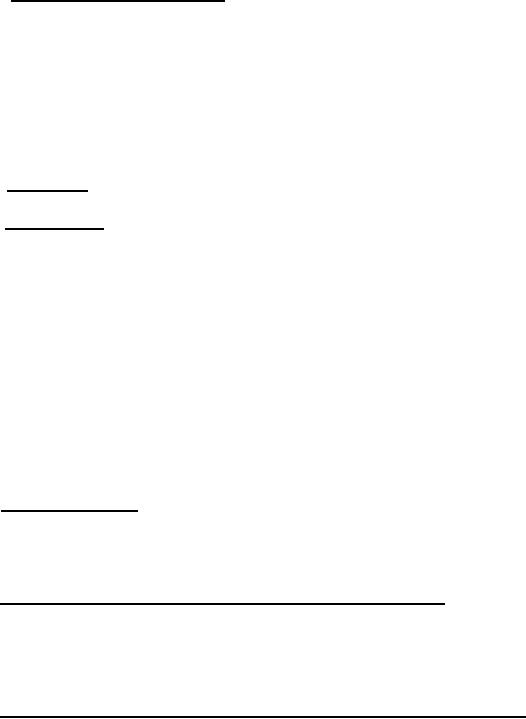 |
|||
|
|
|||
| ||||||||||
|
|  MIL-V-81995/6(AS)
BIT General Requirements. When electric power is applied to the left or
right crank input of the FSR, a test signal shall be momentarily applied
through the speed sensor circuit corresponding to the crank input energized.
The test signal shall simulate the speed signal in such a way as to activate
the FSR speed logic to effect an overspeed condition. If the FSR responds
correctly to the simulated overspeed, input power shall be immediately
connected to the output. The output shall remain energized until input power
is removed, or an overspeed condition is sensed or the speed signal becomes
inadequate.
Test Time.
The test shall be completed within 160 milliseconds.
Reliability. The equipment reliability shall be designed-in through the
application of the specific requirements defined herein and other associated
documents.
The equipment, including BIT, shall have a specified Mean-Cycles-
Between Failures (MCBF) of 12,500 cycles for the ATSCV, 37,500 cycles for the
FSR, 60,000 cycles for the PCU, for a combined ATSCV ship set MCBF of 5,556
cycles (0 as defined in MIL-STD-781). The equipment shall provide this MCBF
when operated in any mode or combination of modes and under any natural
combination of the loads and environmental conditions specified herein. In
meeting this requirement, the scheduled preventive maintenance by Navy for
service usage will be permitted. Successful completion of the testing herein
shall not relieve the Seller of the responsibility for compliance of
production units with the specified reliability and performance requirements
during any subsequent testing or service usage within the limitations
specified herein.
The equipment shall be designed in accordance with the
Maintainability.
qualitative and quantitative maintainability requirements stated herein. The
equipment shall be capable of being maintained at Organizational,
Intermediate, and Depot levels of maintenance as defined in OPNAVINST 4790.2.
Direct Maintenance Manhours/Flight Hour (DMMH/FH). The equipment shall be
designed such that the DMMH/FH measured at the end of Full Scale Development
(FSD) and subsequently thereafter through the Fleet Supportability Evaluation
(FSE) shall not exceed 0.0052 DMMH/FH (Scheduled and Unscheduled
Organizational and Intermediate Level of Maintenance).
Mean Time Between Unscheduled Maintenance Actions (MTBUMA). The equipment
shall be designed such that the MTBUMA measured at the end of FSD and
subsequently through FSE shall be not less than 1,200 flight hours. MTBUMA is
defined as the number of unscheduled maintenance actions occurring in a time
interval divided into the total aircraft flight hours in the same time
interval. Maintenance action consists of all tasks resulting from a
malfunction required to return the aircraft and its equipment to operating
condition.
7
|
|
Privacy Statement - Press Release - Copyright Information. - Contact Us |